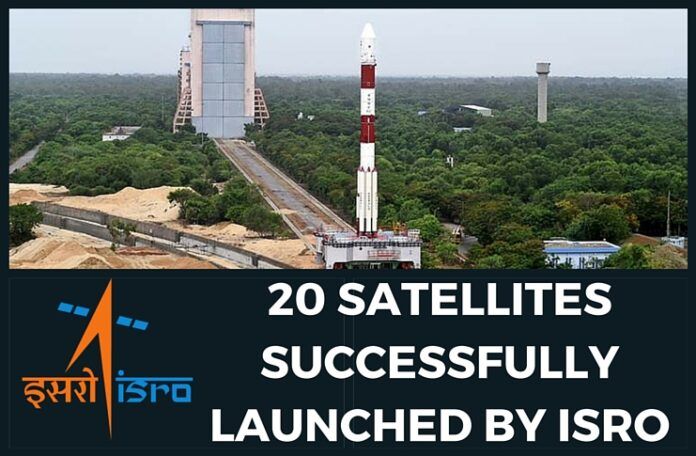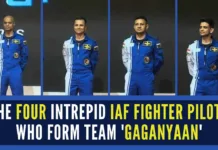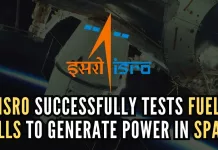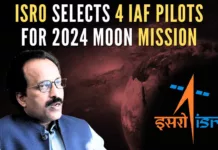
ISRO launched 20 Satellites
[dropcap color=”#008040″ boxed=”yes” boxed_radius=”8px” class=”” id=””]S[/dropcap]ATISH DHAVAN SPACE CENTRE, Sriharikotta: Engineers and scientists of the Indian Space Research Organisation (ISRO) performed a major space operation on Wednesday by launching 20 satellites into their pre-determined orbits using a single launch vehicle from Satish Dhavan Space Centre, India’s space port 80 km north of Chennai.
A Polar Satellite Launching Vehicle, the trusted workhorse of ISRO, deployed into orbit CARTOSAT-2, a 727.5 kg remote sensing satellite developed by Indian space engineers and 19 other co-passenger satellites in a mission which was described by space scientists as “precision launch and deployment”.
The total weight of the all the 20 satellites was 1288Kg. Out of the 19 other satellites, two were nano satellites developed by Indian universities while the remaining 17 were from US(13), Canada (2), Germany (1) and Indonesia (1).
[dropcap color=”#008040″ boxed=”yes” boxed_radius=”8px” class=”” id=””]W[/dropcap]hile PSLV missions are time tested and has become ISRO’s routine launch operations, what stood out in this mission was the Multiple Satellite Injection Technology perfected by Indian space engineers with which a number of satellites/spacecraft were deployed into different orbits in a single flight.
Wednesday’s PSLV flight was the 35th consecutively successful mission of the trusted workhorse of the ISRO. It has emerged as ISRO’s international brand name over the years as out of the 113 satellites launched by it, 74 are from foreign clients.
While claiming the mission as a landmark event, one has to take note of the fact that these clients preferred ISRO to launch their satellites as other space agencies like NASA, ESA and Russia are all focusing their energy on developing heavy duty launch vehicles capable of carrying space craft weighing more than 5000 kg into deep space.
India is the only country specialising in launch vehicles like the PSLV with which satellites weighing 1 kg to 1000 kg could be deployed/launched at reasonable rates. Other space agencies do not entertain clients and customers like universities and research institutes desirous of deploying mini, micro and nano satellites into Low earth Orbits. This has come as a blessing in disguise for the ISRO.
[dropcap color=”#008040″ boxed=”yes” boxed_radius=”8px” class=”” id=””]I[/dropcap]ndia is yet to become a member of the big league of space faring nations as it is still far away from perfecting its heavy launch vehicles like the Geo-Stationery Satellite Launch Vehicles (GSLV) capable of deploying giant communication and earth observation satellites which weigh 5000 kg or more. The ISRO is still dependent on ESA’s Arianne Rocket for launching its heavy communication satellites into the Geo-Transfer Orbit which is 32,000 km away from earth.
A release by the ISRO said the pictures/images sent by the CARTOSAT-2 satellite could be used in cartographic applications, urban and rural applications, coastal land use and regulation, utility management like road network monitoring, creation of land use map and water distribution. The pictures, to be taken using the panchromatic and multispectral cameras on-board the CARTOSAT-2 would have a resolution of 60 cm, said ISRO spaces. This means, any object on the surface of the earth, measuring a height of 60 cm will be clearly visible to these cameras.
What was unique about Wednesday’s PSLV-C34 mission other than the high resolution CARTOSAT-2 satellite was the SkySat Gen2-1, a state-of-the-art earth observation satellite built by Terra Bella, a company owned by Google. This 110 Kg satellite is capable of sending out sub-meter resolution pictures as well as high definition (HD) videos.
Notes:
1.Xinhua
(This story has not been edited by PGurus.com and is auto–generated from a syndicated feed we subscribe to.)
- Pentagon cancels aid to Pakistan over record on militants - September 2, 2018
- The curious case of Tamil Nadu’s opposition to NEET - September 4, 2017
- If 2.6 Billion People Go To War: India vs. China - July 22, 2017










